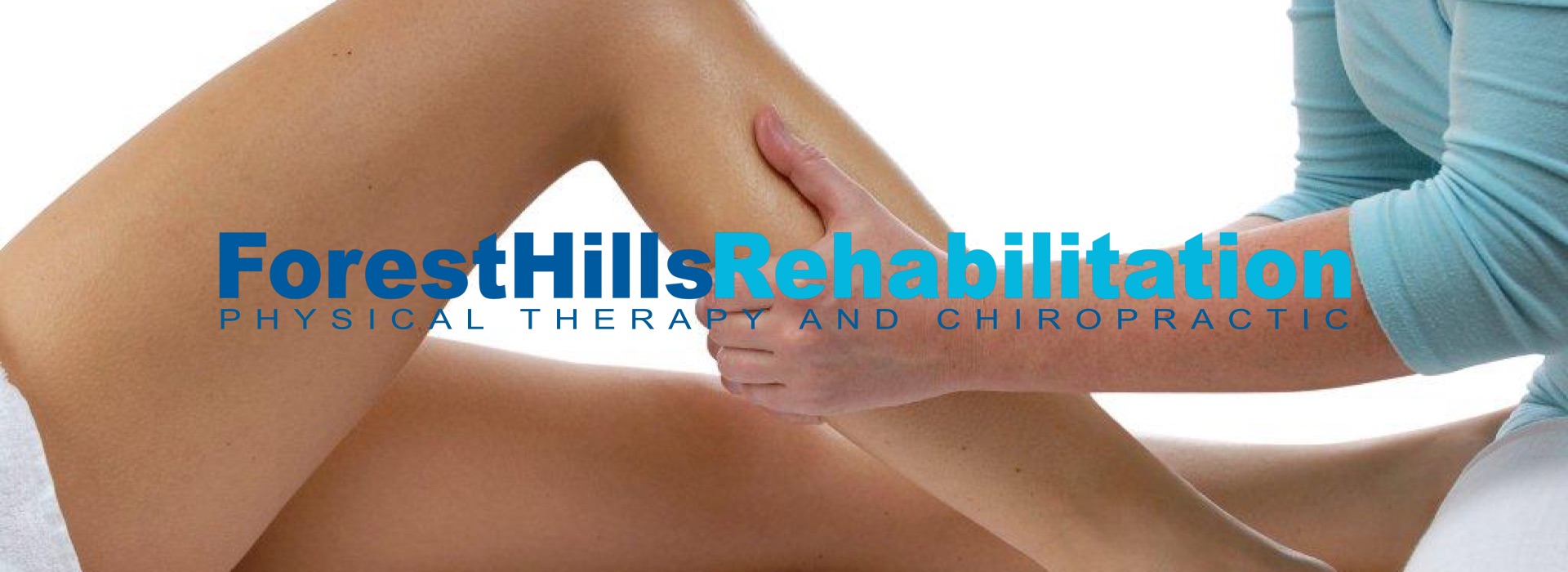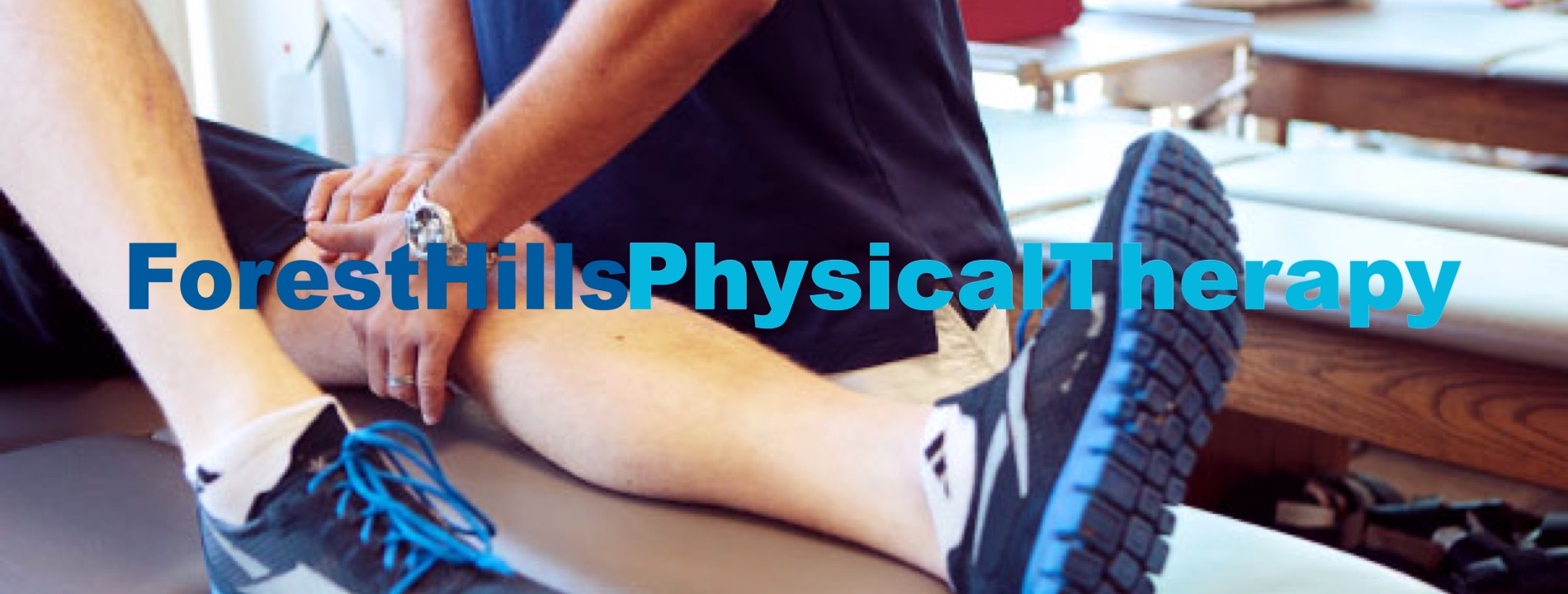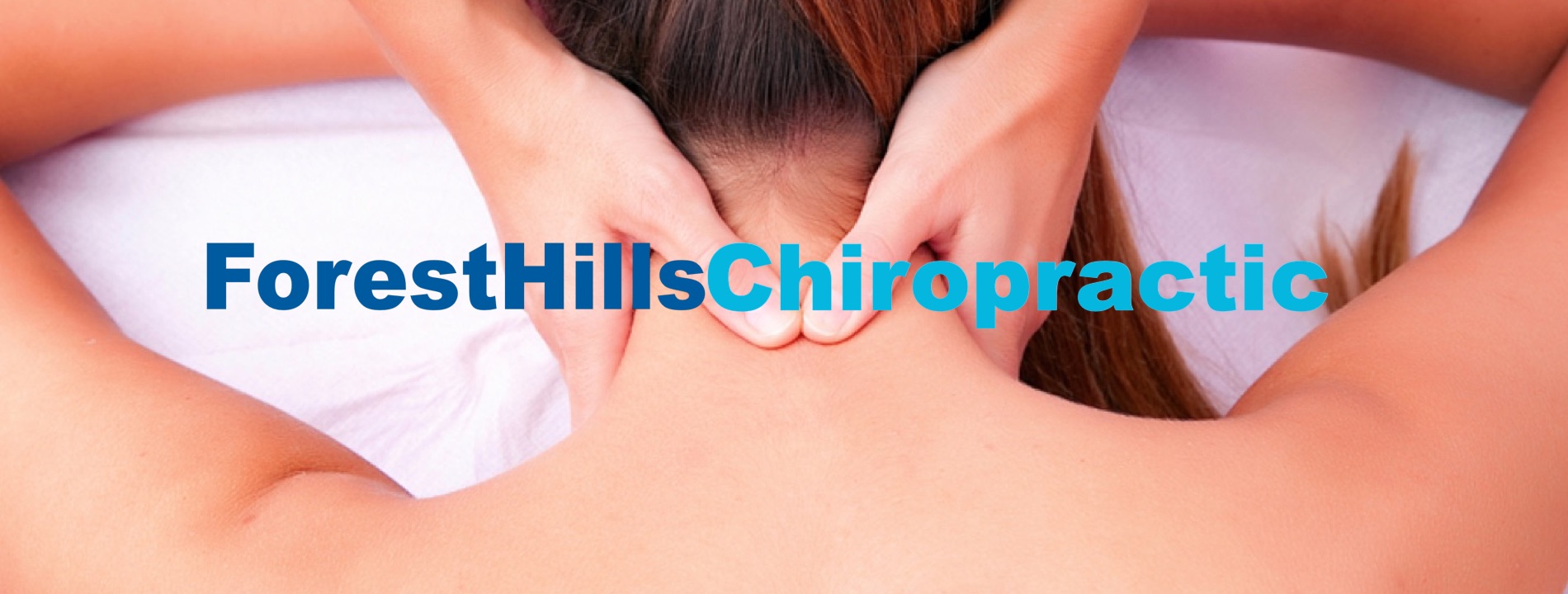Physical Therapy & Chiropractic Forest Hills: Neck Pain
Health Update: Neck Pain
What Is This Pain in My Neck!
“When I woke up this morning, I couldn’t move my neck! Every time I try to move it, I feel sharp pain on the left side of the neck shooting down into the shoulder blade. It just came out of nowhere!”
Chances are, you are suffering from a common condition called torticollis, which literally means, “twisted neck” after the Latin terms of “torti” (twisted) and “collis” (neck). The common name for this is “wry neck,” and it’s basically a painful muscle spasm, like a “Charlie-horse” but located in the neck muscles. Usually, a person wakes up in the morning with this and the cause is often related to sleeping with the window being open or a fan or air conditioner blowing on you. It can also relate to a “cold settling in the muscle” after a cold or flu virus. Trauma such as falling or a car accident can also cause torticollis. However, most of the time, patients with torticollis are not sure what caused the abrupt onset of symptoms.
Usually, torticollis will gradually improve over a 2 week time frame. However, it only takes a few days to a week (at the most) if you receive chiropractic adjustments. Most importantly, without treatments, the sharp pain can last a week and can severely limit your activity, often prohibiting work as well as your desired “fun” activities. Hence, most people prefer having this treated as opposed to “waiting it out.” In some cases, it can last longer than a month and in rare cases even longer, so getting this treated is highly recommended. Also, try to get in for a treatment immediately before the muscle spasm really sets up. We find this to be the most effective approach. Here are a list of symptoms and treatment suggestions for torticollis:
Acute Torticollis Symptoms
Muscle spasms
Neck and shoulder pain
Neck and spine contortion (neck twisted to right or left side of body)
Pain Relief Treatments for Acute Torticollis
Chiropractic neck and spinal adjustment
Physical Therapy
Stretching
Analgesics
Heat packs
Muscle relaxants
Rubs and ointments (Icy Hot, BioFreeze)
Massage with essential oils
courtesy: Forest Hills Rehabilitation
http://www.ForestHillsRehab.com





